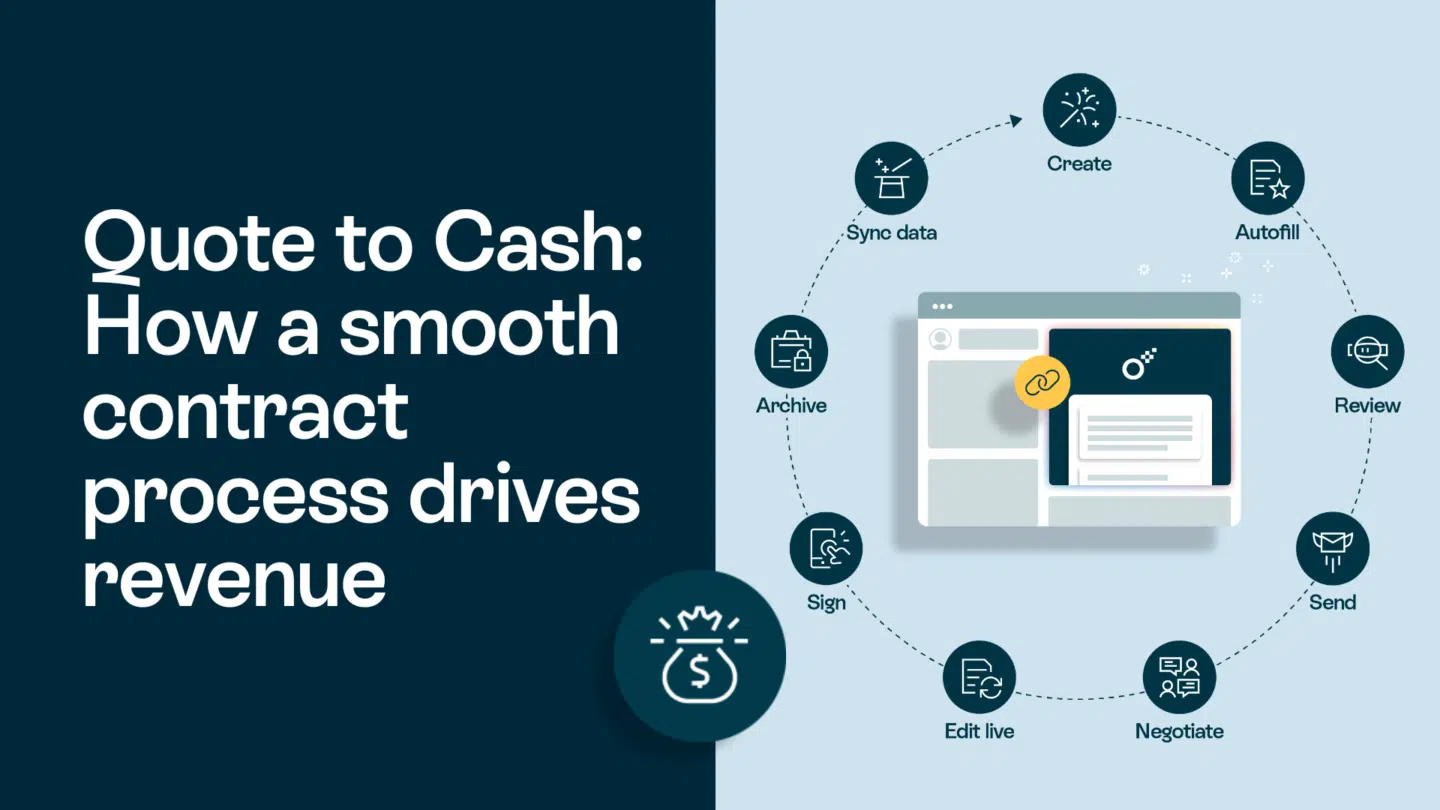Customer Experience, or CX, is a crucial aspect of any successful business. In today’s competitive landscape, where products and services can often be similar, customer experience has emerged as a key differentiator. So, what exactly is CX and why is it so important?
Understanding the concept of customer experience (CX)
Customer Experience refers to the overall interaction that customers have with a brand throughout their journey, from the initial contact to post-purchase support. It encompasses every touchpoint, whether physical, digital, or emotional, that a customer has with a company. Customer experience extends beyond individual interactions and focuses on the cumulative effect these experiences have on customer satisfaction and loyalty.
When it comes to customer experience, it is not just about providing a product or service. It is about creating a seamless and enjoyable journey for the customer, from the moment they first hear about the brand to the moment they become a loyal advocate. It involves understanding the customer’s needs, preferences, and expectations and tailoring every interaction to meet those requirements.
Read also: Flow through the sales cycle

The definition of CX
Customer Experience can be defined as the perception that customers have of a brand based on their interactions and feelings across various touchpoints throughout their journey. It encompasses all aspects of the customer’s experience, including usability, ease of purchase, customer service, and emotional engagement.
Usability plays a crucial role in customer experience. A website or app that is easy to navigate and understand can significantly enhance the overall experience. Customers appreciate intuitive interfaces that allow them to find what they are looking for quickly and effortlessly. On the other hand, a complicated and confusing interface can frustrate customers and lead to a negative perception of the brand.
Another important aspect of customer experience is the ease of purchase. Customers want a seamless and hassle-free buying process. This includes having clear and transparent pricing, multiple payment options, and a secure checkout process. A smooth purchasing experience can leave a lasting positive impression on customers and encourage them to come back for future purchases.
The importance of CX in today’s business landscape
In today’s digital age, where information is readily available and customers have numerous options, delivering an exceptional CX is vital. A positive CX can foster customer loyalty, increase customer lifetime value, and drive growth through positive word-of-mouth referrals. On the other hand, a poor CX can lead to negative reviews, customer churn, and damage to a brand’s reputation.
Customer expectations are higher than ever before. With the rise of e-commerce and online reviews, customers have the power to research and compare different brands easily. They expect personalized experiences, proactive customer service, and quick problem resolution. Brands that fail to meet these expectations risk losing customers to competitors who prioritize customer experience.
Furthermore, a positive customer experience can have a ripple effect on a brand’s reputation. Satisfied customers are more likely to share their positive experiences with friends, family, and colleagues, both online and offline. This word-of-mouth marketing can significantly impact a brand’s visibility and attract new customers who trust the recommendations of their peers.
Read also: Why Oneflow is a contract platform for everyone

The key components of CX
Several key components contribute to creating a remarkable CX. Let’s explore each of these components:
Customer journey mapping
Customer journey mapping involves understanding and visualizing the various stages a customer goes through when interacting with a brand. It helps identify pain points, opportunities for improvement, and moments that matter most to customers. By mapping the customer journey, businesses can align their touchpoints and design experiences that meet or exceed customer expectations.
Touchpoints and channels
Touchpoints are the specific interactions that occur between a customer and a brand. These can include website visits, talking to call center agents, social media interactions, and in-store experiences. Channels, on the other hand, refer to the different mediums through which these touchpoints occur. Companies need to ensure consistency and seamlessness across touchpoints and channels to provide a cohesive and satisfying CX.
Emotional engagement and customer satisfaction
Emotional engagement plays a vital role in customer experience as it influences how customers perceive and remember their interactions with a brand. Positive emotions, such as delight and trust, can create a deeper connection and enhance customer satisfaction. Companies should focus on building emotional engagement by delivering personalized experiences, showing empathy, and exceeding customer expectations.
Measuring and analyzing CX
To improve CX, businesses need to measure and analyze their performance. This involves identifying key performance indicators (KPIs) and leveraging data to gain insights. Let’s explore these aspects:
Key performance indicators for CX
There are several KPIs that can help monitor and measure customer experience. These include customer satisfaction scores (CSAT), Net Promoter Score (NPS), customer effort score (CES), and customer churn rate. By tracking and analyzing these metrics, businesses can identify areas for improvement and gauge the impact of their CX initiatives.
The role of data in CX analysis
Data plays an integral role in customer experience analysis. By collecting and analyzing customer data, businesses gain valuable insights into customer preferences, behaviors, and pain points. This data-driven approach enables companies to make informed decisions about CX enhancements, personalize experiences, and anticipate customer needs.
Read also: What is product-led growth and how can it help SaaS businesses scale?

Strategies for improving CX
Delivering exceptional CX requires a proactive approach. Here are some strategies that businesses can adopt:
Personalization in CX
Personalization involves tailoring experiences to individual customers based on their preferences and behaviors. By leveraging data and technology, companies can provide relevant recommendations, targeted offers, and customized interactions. Personalization creates a sense of value and increases customer loyalty.
Leveraging technology for better CX
Technology plays a pivotal role in enhancing customer experience. Companies can leverage artificial intelligence (AI) and machine learning (ML) algorithms to automate processes, provide real-time support, and personalize interactions. Chatbots, virtual assistants, and predictive analytics are just a few examples of how technological advancements can streamline customer experience and improve customer satisfaction.
Read also: Customer retention strategies: How nearbound can be the ace up your sleeve

The future of CX
The field of customer experience continues to evolve rapidly. Let’s explore some emerging trends that will shape the future of CX:
Emerging trends in CX
One of the emerging trends in CX is the integration of augmented reality (AR) and virtual reality (VR) technologies. These immersive experiences can provide customers with a unique and interactive way to engage with products and services. Additionally, the rise of voice assistants and smart devices is transforming the way customers interact with brands, creating new opportunities for seamless and intuitive experiences.
The impact of AI and machine learning on CX
AI and machine learning will continue to play a pivotal role in customer experience. These technologies can analyze large amounts of data to generate insights, personalize experiences, and automate customer interactions. As AI and machine learning algorithms become more sophisticated, businesses will be able to deliver hyper-personalized experiences and predictive recommendations to enhance customer satisfaction.
The key takeaways
CX is a fundamental aspect of modern business. By understanding and prioritizing CX, companies can create memorable experiences, foster customer loyalty, and gain a competitive advantage in a crowded marketplace. So, take the time to evaluate and enhance your CX strategy, and watch as your customers become loyal brand advocates.







